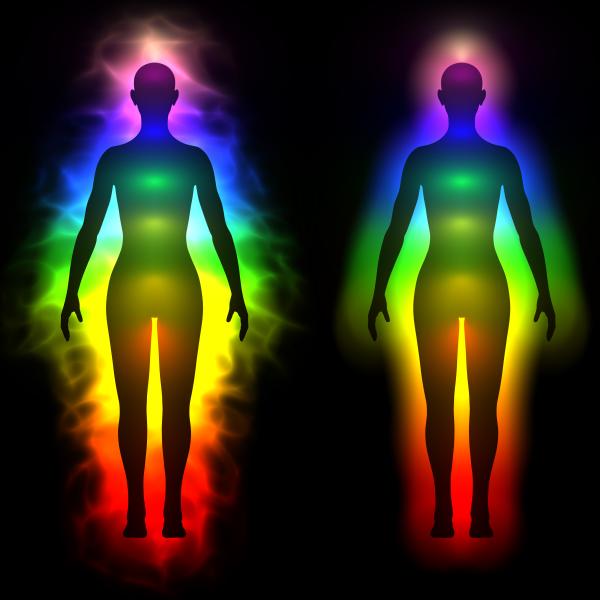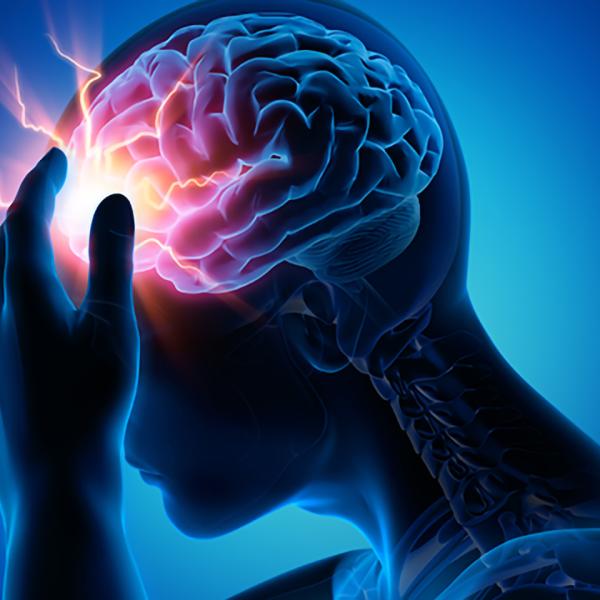Related Stories
Alberta
Making regenerative therapies reality
The University of Alberta’s Cell Therapy Manufacturing facility will take new therapies for diabetes and cancer from the hypothetical to the viable
Quebec
Concussions: A dizzying field of research!
There are 200,000 concussions every year in Canada. If you’re not an elite athlete, your odds of having a concussion are one in 10,000. Professional athletes, on the other hand, will experience three or four by the age of 20. But since there is no way of objectively diagnosing a concussion, and those affected are notoriously reluctant to report their symptoms, the real numbers are likely higher than anyone wants to admit. What stands in the way of acceptance and proper management of concussions?
Prince Edward Island
Coastal scourge
Compounded by a changing climate, severe erosion is scouring Prince Edward Island’s coastline. Researchers are designing an elaborate coastal hazard monitoring and modelling system to help protect the island’s shores from being further flushed out to sea.





